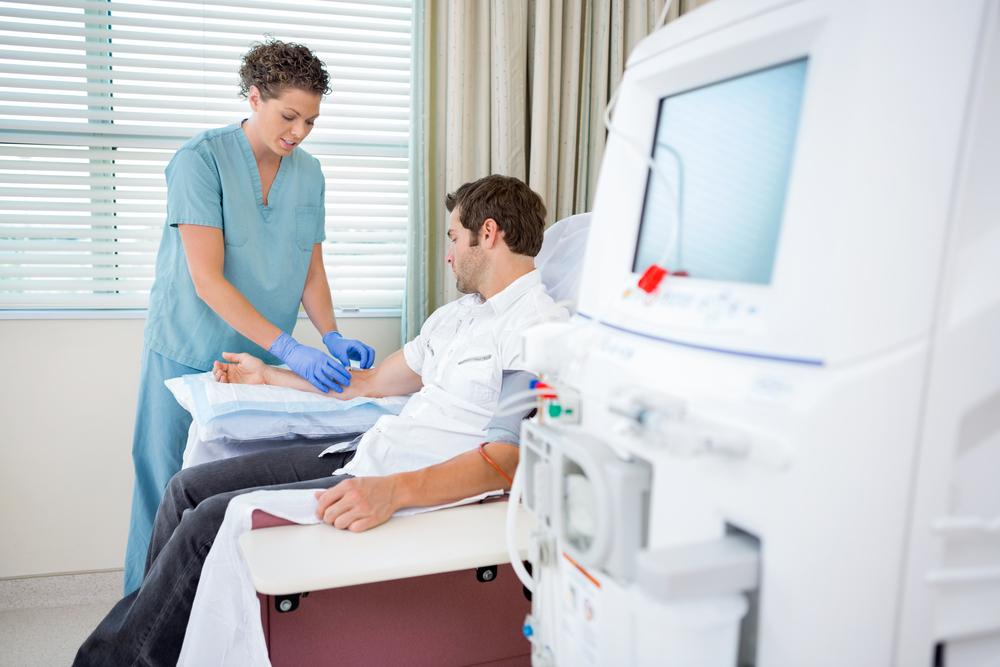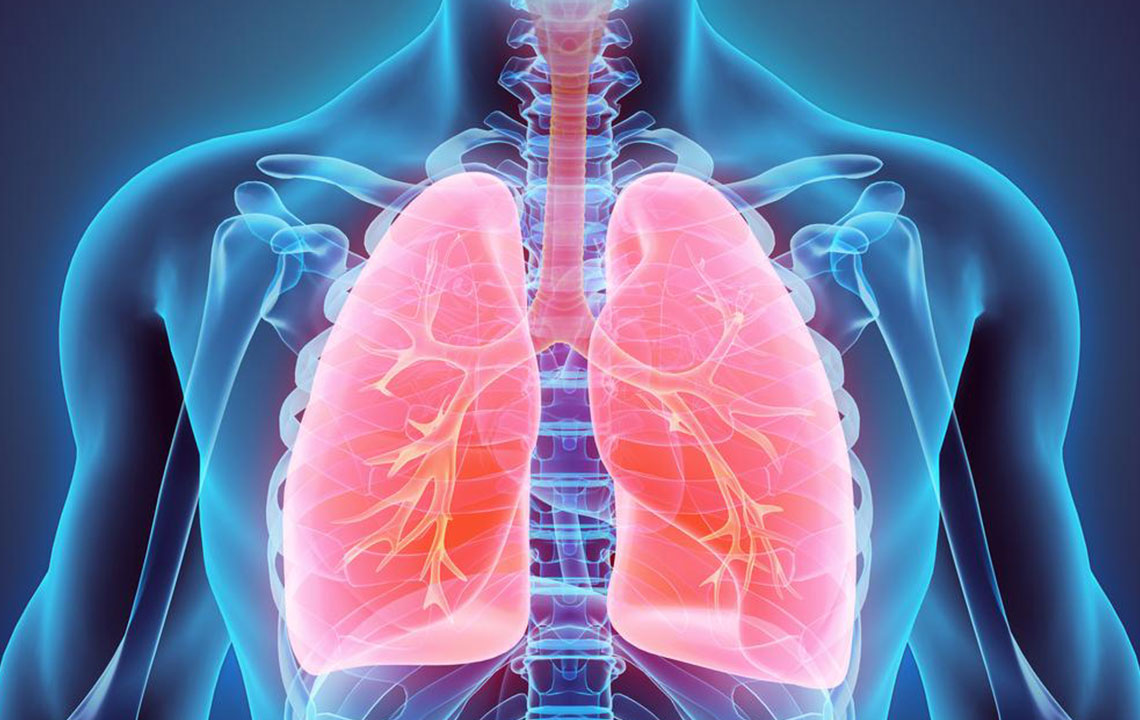Comprehensive Guide to Kidney Cancer: Causes, Symptoms, and Treatments
This article offers a detailed overview of kidney cancer, including its causes, symptoms, and treatment options. It emphasizes the importance of early detection and medical intervention. Whether you are at risk or seeking more information, understanding these key aspects can aid in timely diagnosis and effective management of the disease.

Kidney cancer is a persistent health concern with rising incidence rates worldwide. Annually, about 63,990 new cases are diagnosed, with approximately 14,000 deaths each year. It ranks as the tenth most common cancer, affecting roughly one in every 63 individuals. Those over 50 are especially vulnerable. Early detection through symptoms like blood in urine, back pain, or unexplained weight loss can lead to effective treatment before metastasis occurs. Understanding causes, symptoms, and available treatments is essential for timely intervention and improved outcomes.
What causes kidney cancer?
The disease results from unchecked growth of renal cells caused by genetic mutations.
Family history increases the likelihood of developing kidney cancer.
Genetic conditions such as VHL disease and papillary cell carcinoma can contribute to its development.
Lymphoma patients may also have a higher risk.
Recognizing the symptoms of kidney cancer
Blood in urine (hematuria) is common, often mistaken for infection or stones.
A lump may form on the lower back.
Persistent pain on one side of the lower back.
Unexpected weight loss and loss of appetite.
Fatigue and general tiredness.
Rarely, anemia due to decreased blood cell count.
Intermittent fever without an apparent cause.
Treatment options for kidney cancer
Surgical approaches
In cases where the tumor can be removed while preserving kidney function, surgery is often recommended.
Radical nephrectomy involves removing the entire affected kidney, surrounding tissue, and nearby lymph nodes, performed via open or laparoscopic surgery.
Partial nephrectomy involves excising only the tumor with a small margin of healthy tissue, using minimally invasive techniques or traditional surgery.
Non-surgical therapies
Applicable when tumors are small and detected early.
Cryoablation uses a cooled needle to freeze cancer cells under imaging guidance.
Radio-frequency ablation destroys cancer cells through heat generated by electrical current.
Radiation therapy employs high-energy X-rays to target and eliminate cancerous cells.










